I had an old cylinder that I had emptied and removed the valve from, and I was fancying making a cauldron type pot for use on or over fire....
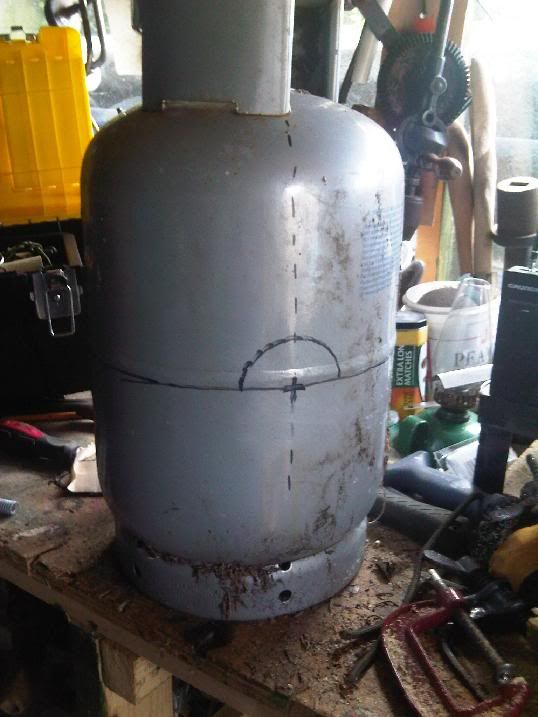
Marking out the lines

roughly chopped out with a grinder and cutting disc
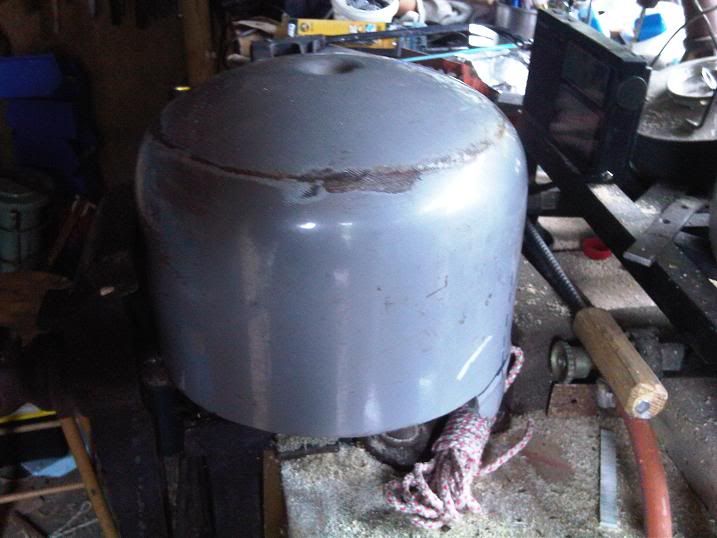
take off the bottom stand, dent out the depression in the centre..
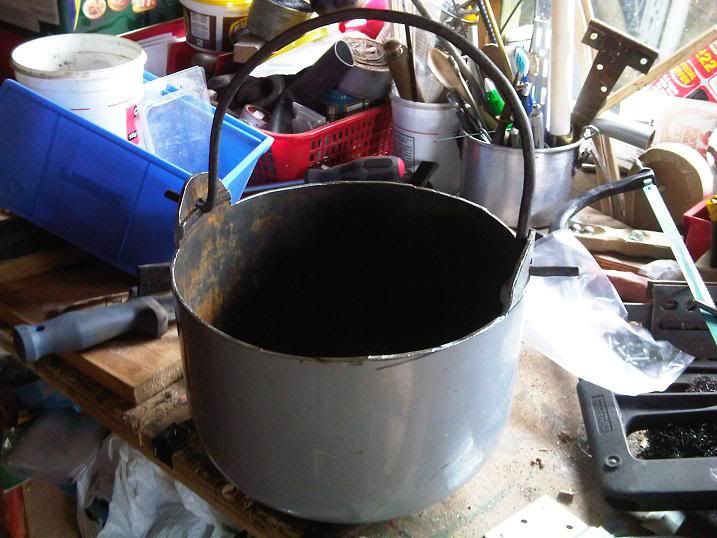
edges cleaned up a bit and a bit of iron for the handle..
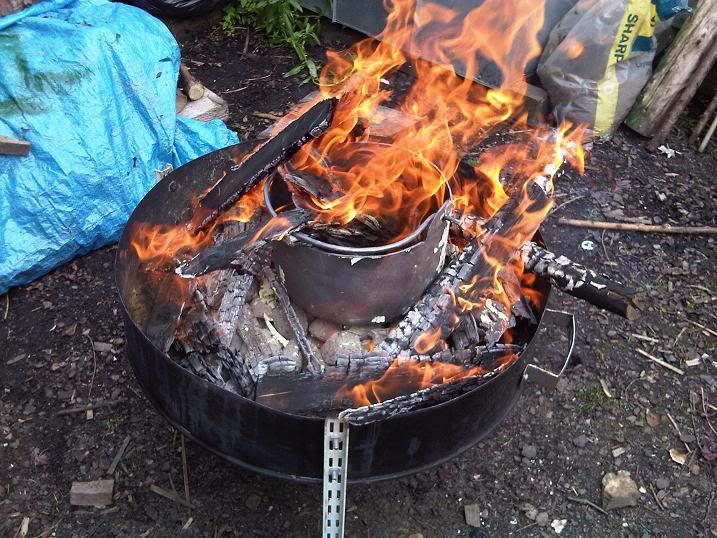
into a fire to try to burn off the paint and any lining that might be there...
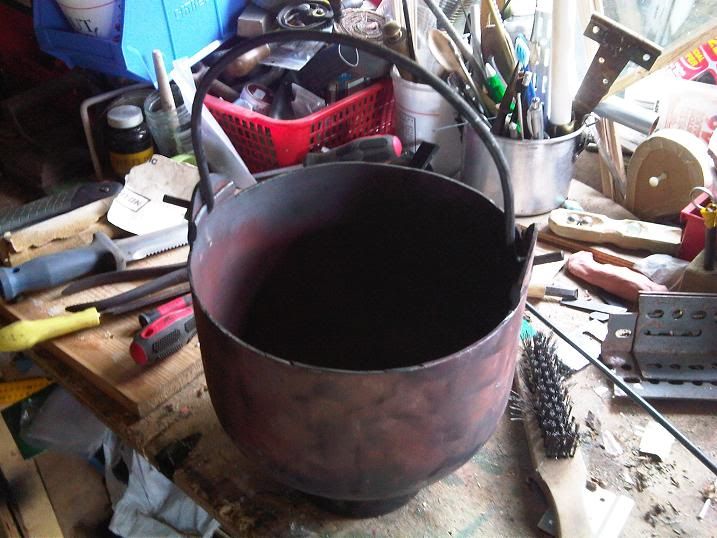
back in the shed for sanding down.....
I'm hoping to clean the inside up a bit more, then season it to see if that makes a difference. I'm wondering about a wooden lid for it.
Certainly not a pot for a backback, but it's getting there

Marking out the lines

roughly chopped out with a grinder and cutting disc

take off the bottom stand, dent out the depression in the centre..

edges cleaned up a bit and a bit of iron for the handle..

into a fire to try to burn off the paint and any lining that might be there...

back in the shed for sanding down.....
I'm hoping to clean the inside up a bit more, then season it to see if that makes a difference. I'm wondering about a wooden lid for it.
Certainly not a pot for a backback, but it's getting there



